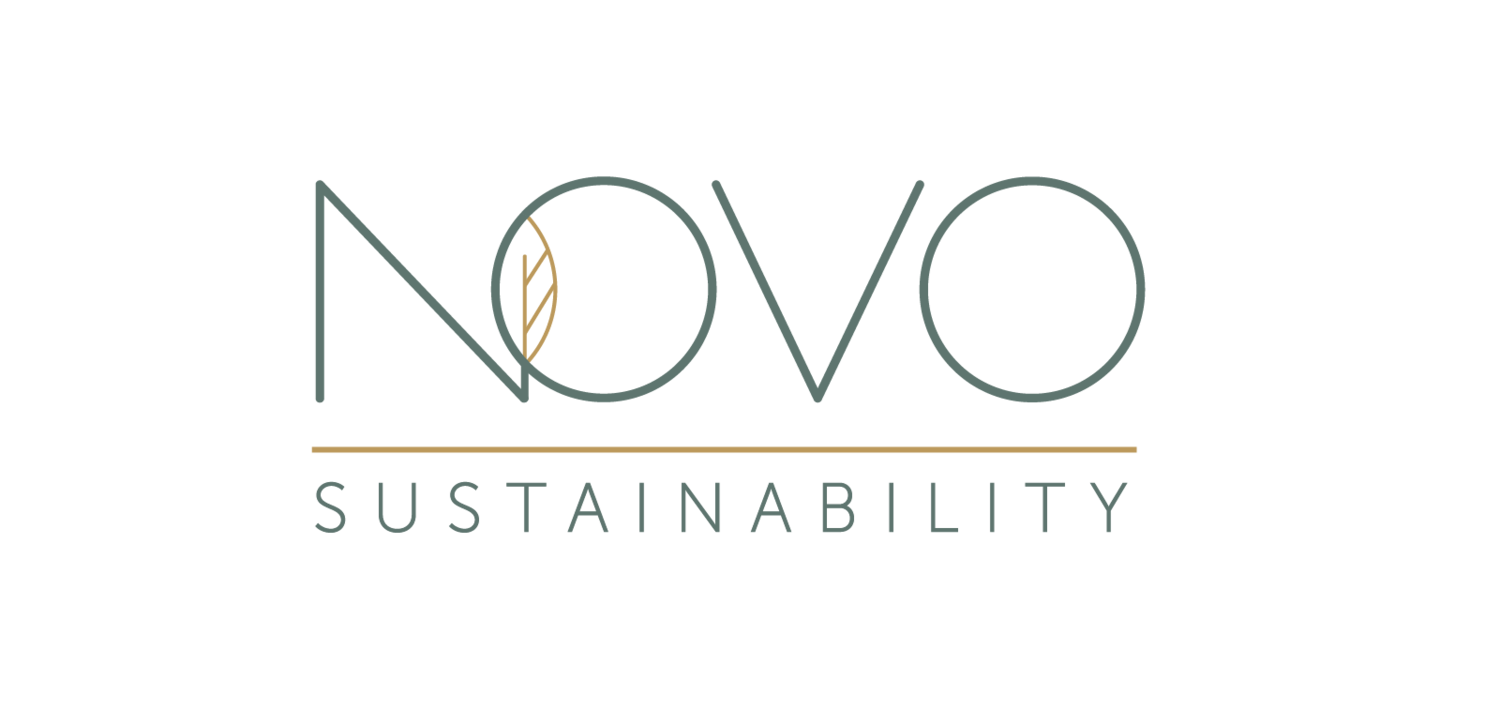WELL Certification: what it is and why it matters
/By: Laci Hoskins
We recently published a post highlighting how office space can impact the success of an organization’s employee health and wellness policies. As we mentioned, The WELL Building Standard, also known as WELL, continues to gain momentum in the commercial real estate market, but what does pursuing WELL Certification really mean? We’ll break it down for you.
The WELL Building Standard is made up of seven different categories, or Concepts, each with their own unique requirements and supporting research. Within each of these Concepts are credits, or Features, some of which are required (Preconditions) and some which are optional (Optimizations).
In order to achieve baseline, Silver Certification, a project must meet all of the WELL Preconditions. Gold and Platinum level certification are based on achieving 40% and 80% of the Optimizations respectively.
The Air Concept is focused on indoor air quality. There are requirements for no smoking, ventilation effectiveness, air filtration, non-toxic and low VOC materials, construction IAQ policies, and green cleaning protocols. One of the major differences between LEED and WELL are the performance verifications that are required by WELL. Indoor air quality is tested as part of the WELL review process.
The Water Concept has nothing to do with water efficiency, like LEED’s Water category, but rather focuses on the quality of the water being delivered to the space. These features include everything from the taste of the drinking water to testing for specific particulates or contaminants, and most rely on performance verifications to confirm compliance. The safety of U.S. drinking water has been in the news quite a bit lately, highlighting how water quality changes as it moves from a city’s treatment plant through aging infrastructure to be delivered to a building or home. Ensuring that the water in your building meets the WELL Water Preconditions would be one step in the right direction to protecting the health of building occupants.
The Nourishment Concept includes features which require healthy food options within the office, proper labeling of food to communicate common allergens and nutritional information, as well as employee engagement strategies for communicating serving sizes. The intent here is to make it easy for employees to choose healthy options. Many people will eat whatever is convenient in order to save time and get back to work. By making healthier foods available to employees, a company can positively influence employee food choices.
The features within the Light Concept are based on several research studies that showcase the impact the quality of light can have on an employee’s concentration and productivity. These features want to maximize the amount of daylight, or simulated daylight, while minimizing glare and providing appropriate light levels at the work surface. Inappropriate light levels and glare can cause eye strain and fatigue, so addressing these concerns during design and construction could improve the overall employee work experience.
The Fitness Concept has only one Precondition, which requires a company to offer incentives for employees to join fitness centers, participate in group fitness activities, fitness classes, or bike share programs. The intent here is to make it easy for employees to live a healthier lifestyle.
Ergonomics and acoustic and thermal comfort are the main focus within the Comfort Concept. Making a space comfortable from a thermal and acoustics perspective has a positive impact on employee concentration according to the research behind these features.
Similarly, the features in the Mind Concept encompass employee engagement strategies that have been proven to contribute to employee recruitment and retention. These features include things like healthy travel policies, maternity AND paternity leave, altruism, and artwork within the office space. Creating an engaging and positive work environment can motivate and inspire employees.
Pros to pursuing WELL Certification: The WELL Building Standard is a mix of complex and simple strategies designed to increase employee engagement and promote wellness. While some features could be difficult to achieve without base building compliance or Landlord support, the majority of the features can be relatively easy to incorporate into the design and construction process or into company HR policies.
Cons to pursuing WELL Certification: The rating system’s costs for registration and certification fees have proven to be cost-prohibitive for some clients because there is not currently a way to simply and definitively calculate the return on investment. While each of the WELL features are built on individual scientific research studies, the system is still new and therefore there is not a completed study to show the impact the full WELL Building Standard will have on a company’s productivity, health insurance costs, or turnover costs.
Originally published on LinkedIn September 1, 2016.
Should your company consider WELL Certification? Contact us to understand the impacts.

